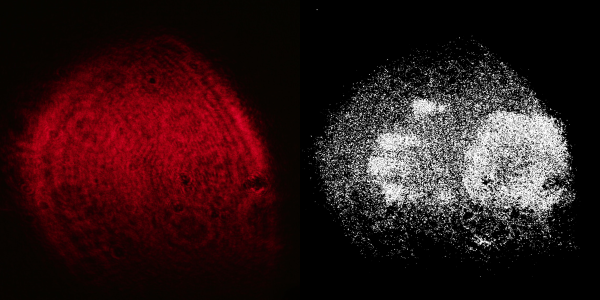[Stoppi] has taken on a fascinating project involving the interference of thin layers, a phenomenon often observed in everyday life but rarely explored in such depth. This project delves into the principles of interference, particularly focusing on how light waves interact with very thin films, like those seen in soap bubbles or oil slicks. The post is in German, but you can easily translate it using online tools.
Interference occurs when waves overlap, either reinforcing each other (constructive interference) or canceling each other out (destructive interference). In this project, [Stoppi] specifically examines how light behaves when passing through thin layers of air trapped between semi-transparent mirrors. When light waves reflect off these mirrors, the difference in path length leads to interference patterns that depend on the layer’s thickness and the wavelength of the light.
To visualize this, [Stoppi] used an interferometer made from semi-transparent mirrors and illuminated it with a bulb to ensure a continuous spectrum of light. By analyzing the transmitted light spectrum with a homemade spectrometer, he observed clear peaks corresponding to specific wavelengths that could pass through the interferometer. These experimental results align well with theoretical predictions, confirming the effectiveness of the setup.
If you like pretty patterns, soap bubbles are definitely good for several experiments. Don’t forget: pictures or it didn’t happen.
Continue reading “Experimenting With Interference On Thin Layers”














